Extra Credit 44
- Page ID
- 94066
Introduction to Superposition
I want to start by describing to you, the readers, a particular series of experiments. These experiments involve electrons. They are true, and in my mind, they are the most unsettling experiments ever done.
Let us focus on 2 properties of electrons. For the sake of this discussion, let us call them color and hardness. An empirical fact is that the only observable colors are individually “black” and “white”, while the only observable hardnesses are individually “hard” and “soft”. There are no other observable values that these properties can take, as no one has ever seen any other such value. What I mean is that it is possible to build a box that measures color or hardness, and the value of the property being measured can be inferred from the position at which the box spits out one or the other output.

Figure 1: Color and hardness boxes
As an aside, let me briefly describe how these boxes work. The details don’t particularly matter, as people have built analogous experiments for other objects like silver atoms, neutrons, and other things, using different mechanisms inside the box, and yielding identical results. To be concrete, though, here is what is inside the boxes: a magnetic field \(B=B_0e_z\) splits electrons by color, such that electrons of one color are sent in one direction toward a screen, and electrons of the other color are sent in another direction toward the same large screen. The electrons of each color always land in the same positions, and there are always only 2 such landing locations. Similarly, a magnetic field \(B=B_0e_x\) could split electrons by their hardness value. We will discuss later why electrons do this, but empirically, they do, and this matters to us now. The boxes mentioned earlier are these devices inside boxes, so an input of electrons into a box gets split into one direction or the other based on the value a given electron has for the property being measured. I am calling these properties “color” and “hardness” rather than “magnetic field-induced splitting” or something like that to emphasize that lots of systems, and not just the particular one described here, exhibit these behaviors. Also, using technical names brings in more confusing and distracting jargon, so those will be discussed later.

Figure 2: What happens inside the boxes
A key property of these boxes is their repeatability: if electrons all of a certain value of a given property are fed into a box measuring the value of that property, all of the electrons coming out will retain the original value for that measured property. For instance, if electrons that are all black are fed into a color box for measurement, the output will have all black and no white electrons.
Another question is one of correlation. For instance, being male and being a bachelor are correlated. So are color and hardness correlated? Well, this is easy to test with boxes!
Empirically, it is found that if one property is measured and all the electrons with a single value of that property have the other property measured, the value of the other property is found to be probabilistically evenly split. For example, if electrons that are known to all be soft have their color measured, half will be black and half will be white; similarly, if electrons that are known to all be black have their hardness measured, half will be hard and half will be soft.
Hence, measuring the value of one property gives no predictive power whatsoever for a subsequent measurement of the other property. This means that hardness and color are persistent and uncorrelated. This lets us predict the results of a lot of similar experiments too.

Figure 3: Repeatability of color (and hardness)

Figure 4: Lack of correlation of color with hardness (and vice versa)
For example, let us set up an experiment with the following boxes.
1. Anything reaching the hardness box must be white.
2. By previous experiments, electrons exit the hardness box as half of them being hard and half of them being soft.
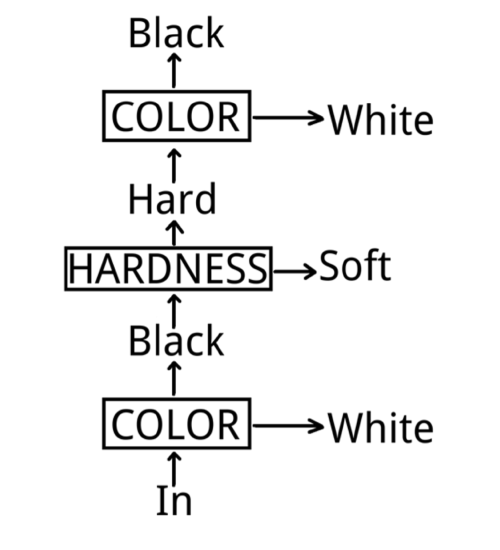
Figure 5: Is the end result hard and black?
3. The half that are soft reach the additional color box, and the previous measurements found that the electrons entering this box were white and soft.
4. As a measurement of color is repeatable, these electrons should always emerge as white and never as black.
Our prediction is that all the electrons entering the second color box will exit as white, and none will exit as black.
This is completely and utterly wrong! In fact, half of the electrons that were previously measured to only be white as white, and half now exit as black! The same goes for any other pair of results from the first two boxes, if hardness and color were interchanged, et cetera. Apparently, the presence of the hardness box tampers with color, because without the hardness box, repeatability would ensure that all the originally measured white electrons would come out white again. This is suspicious!
You may be asking, what property determines which flip? Well, to check, we could monitor all possible physical properties of electrons entering the device and check for correlations. Experimentally, none have been found! This means that those electrons that flip values for a property and those that do not are indistinguishable in the beginning.
You may now be asking, are the boxes just badly built? No! We could use many different materials and technologies, yet all would give the same evenly split statistics. What is striking is not just that we cannot build a box for one property that does not disturb the other property, but we cannot even change the statistics as much as 1 part in 1010 from equal probabilities!
A curious consequence of this is that we cannot build a reliable box to simultaneously measure both color and hardness.

Figure 6: This cannot measure hardness and color simultaneously
More precisely, we can try to do this, but the results would be neither persistent nor repeatable. For instance, in the displayed apparatus, if the hardness and color are measured of the output that should be hard and black, all are hard, but only half are black.
Thus, simultaneously measuring hardness and color is fundamentally disallowed! The general statement of this is the uncertainty principle, which is the idea that some measurable physical properties of real systems are incompatible with each other in the way that has been described thus far.
You might now be thinking that this just applies to the hardness and color of electrons. Actually, every object has similar properties, including me, you, and a paper copy of these notes! These properties hold true every time they are tried with new systems, though it is simply easier to test these with electrons.
This has worked thus far, but let us go deeper. Consider the following device, with individual mirrors to change the direction of particle paths, and with combined mirrors to make two paths coincide.
We can test the operation of the individual and combined mirrors by checking whether it preserves the values of a given property from the input at the output. Now let us run some experiments with this apparatus. These are quite straightforward but constitute good preparation for making predictions for more complicated experiments later.
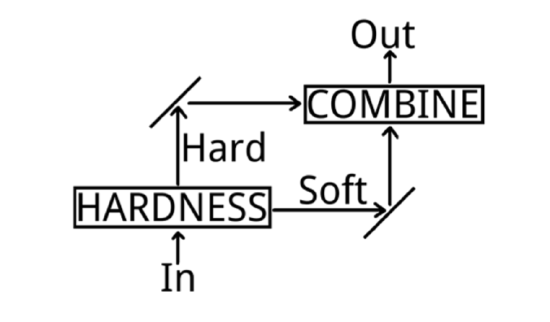
Figure 7: Recombines two particle paths
First, with the individual mirrors changing the directions of output paths from a hardness box, let us send in white electrons and measure the output of a hardness box whose input is the output of the combined mirror.
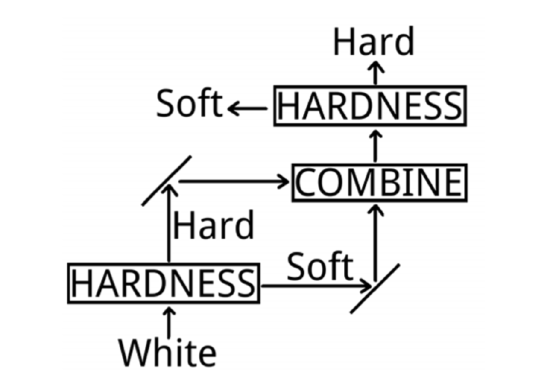
Figure 8: Send in white, split by hardness, recombine, measure hardness
What do we expect?
We just need to follow the electrons! Half take the hard output path, and half take the soft output path. Those that take the hard path exit as hard, while those that take the soft path exit as soft, so the final output should have a measurement of half of the electrons as hard and half as soft. Indeed, this is empirically correct!
Second, let us send in hard electrons and measure the color at the end.
What do we expect?
Every electron takes the hard path, so the color box input is always hard. Then, feeding hard electrons into the color box yields half as black and half as white. Indeed, this is empirically correct as well!
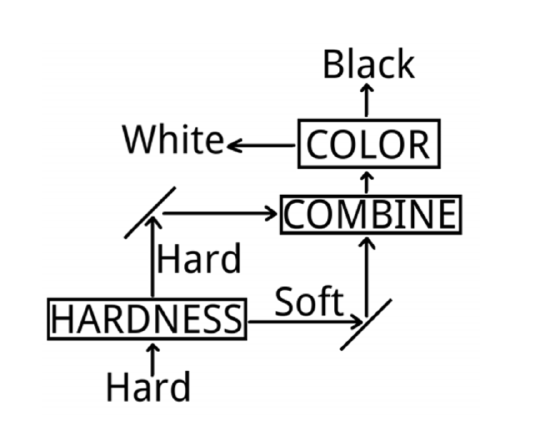
Figure 9: Send in hard, split by hardness, recombine, measure color
Third, let us send in white electrons and measure the color at the end.

Figure 10: Send in white, split by hardness, recombine, measure color
What do we expect?
Putting white electrons into the hardness box yields half as hard and half as soft. Of the hard electrons on the hard path, measurement of color should yield half as black and half as white. The same goes for the soft electrons on the soft path. Adding these two yields that half should be black and half should be white again. Of course, apart from the presence of mirrors, this should not be too different from the situation of a hardness box between two color boxes, so we cannot expect much else. Yet this is empirically wrong! What we measure is all the electrons being white; this is very odd! So what is going on?
Before running further experiments, let us make a moving absorptive wall for each path. Having a given wall “out” means the system is unchanged from before. Having a given wall “in” means that path is blocked.
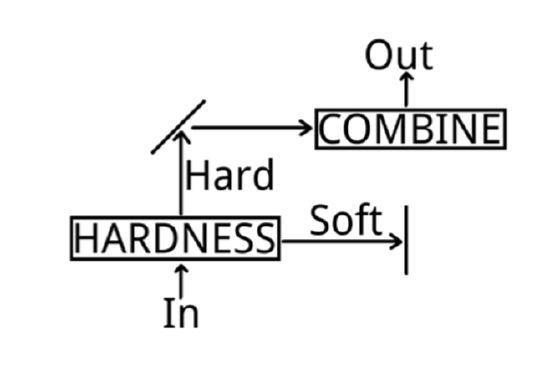
Figure 11: Block soft particle path
Fourth, let us send in white electrons and measure the color at the end while having a wall in the soft path.
We expect that the overall output will decrease by half. Also, if the wall is out, we get all white electrons at the output. That said, a wall in the soft path should not half an effect on electrons in the hard path, given that the hard path could ultimately be many millions of kilometers away. Hence, we expect half as many electrons to exit, and all of them should be white. Empirically, though, while the overall output is indeed down by half, once again half of the electrons are white and half are black! The same would occur if the wall was in the hard path instead!
Now we are in deep trouble. Let us consider an electron inside the apparatus, with all the walls out. We know it will exit the color box as white with full confidence. So which route did it take?
Did it take the hard or soft path individually?
That cannot be, as the output in either case is half white and half black. Did it take both? That cannot be, because the electron can always be measured to travel on one path or another and not on both at the same time. Did it take no path at all? That cannot be, because putting in both walls removes all output.
What the heck is going on?
What we are facing is that for all electrons in the apparatus, the route they take is not an individual path, not both paths, and not no path at all. There do not appear to be any other logical possibilities, so what are they doing anyway?
If the experiments are accurate and the arguments correct, the electrons are in fact doing something we have never dreamed of before and for which we do not at the moment have any words. Electrons have modes of moving or modes of being, which are unlike anything we have discussed thus far. This is also true of molecules, bacteria, and other macroscopic objects, though the effects are harder to detect. Physicists call such modes as being defined by superposition, which for now means “we have no clue what is going on”.
In the context of our previous experiments, an initially white electron inside the apparatus with all walls out is not hard, not soft, not both, and not neither, but is in a superposition of the states of being hard and soft. This is why we cannot meaningfully say that an electron has given definite values of color and hardness. This is not because our boxes are crude or because we are ignorant (though both may incidentally be true). There is a deeper reason: having a definite value for one property implies not having a definite value but instead being in a superposition of values for the other property. Every electron exits a particular box as having one value or the other for the measured property, but not every electron is in a state of one value or the other for that property. It can be in a superposition of the two values, with the probability that we subsequently measure it to have one value or the other depending on the details of the superposition. For instance, an electron that is white is in an equal superposition of being hard and soft, as the probability of measuring each value of hardness is equal.
To build a better definition of superposition than “we have no clue what is going on” requires a new language. That is the language of quantum mechanics, whose underpinnings will be the topic of 8.04. No matter how we describe it though, superposition is really weird, but true.
Classical Intuition
If all of this staggers your intuition, that is because your intuition was honed by throwing spears, putting bread in a toaster, and playing with Rubik’s cubes, all of which involve things things so big that quantum effects are not noticeable. Hence, you can safely and consistently ignore them when, for instance, you are wrestling with lions. As a friend of mine says, you don’t need to understand quantum gravity to cook soup.
However, when we work in very different regimes, like in the atom, there is no reason for human-scale intuition to continue to be a reliable guide, and indeed, it is not! It is not electrons that are messed up; it is our intuition that is messed up. And this is the goal of 8.04: we will step beyond the scale of daily experiences to develop an intuition for electrons, atoms, and superposition.

